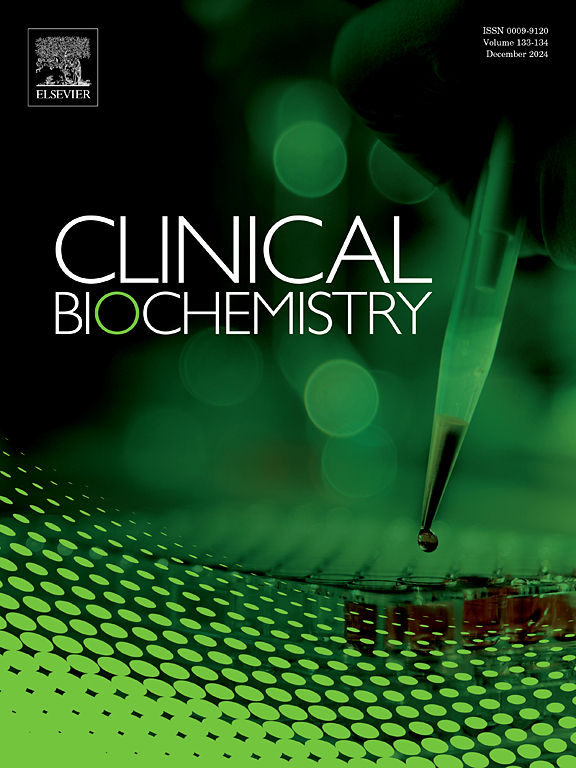不断上升的非法掺假药物:噻嗪和左旋咪唑。
IF 2.5
3区 医学
Q2 MEDICAL LABORATORY TECHNOLOGY
引用次数: 0
摘要
非法药物中掺假的氯嗪和左旋咪唑越来越普遍,这给医疗专业人员带来了重大挑战。本文综述了氯嗪和左旋咪唑的作用机制、掺假情况和检测方法。还讨论了与氯嗪和左旋咪唑污染药物相关的临床意义。它提供了分析这些新兴污染物的方法的全面检查,揭示了毒理学实验室在准确识别和量化这些物质时所面临的挑战。详细探讨了各种分析技术,包括但不限于GC-MS, HPLC-MS和HPLC-MS/MS,重点介绍了它们的优势和局限性。这是一个宝贵的资源,为临床医生寻求导航分析非法药物样品中的噻嗪和左旋咪唑的复杂性。它还有助于增进关于二甲肼和左旋咪唑非法掺假药物的现有知识,为公共卫生干预措施、执法工作和旨在减轻受污染物质相关风险的治疗战略提供信息。本文章由计算机程序翻译,如有差异,请以英文原文为准。
Rising illicit drug Adulterants: Xylazine and levamisole
The increasing prevalence of xylazine and levamisole as adulterants in illicit drugs presents significant challenges for medical professionals. This review aims to provide an overview of the mechanisms of action, prevalence of adulteration, and detection methods for xylazine and levamisole. Clinical implications associated with xylazine and levamisole-contaminated drugs are also discussed. It provides a comprehensive examination of methodologies for analyzing these emerging contaminants, shedding light on the challenges faced by toxicology laboratories in accurately identifying and quantifying these substances. Various analytical techniques, including but not limited to GC–MS, HPLC-MS, and HPLC-MS/MS, are explored in detail, with a focus on their strengths and limitations. This serves as a valuable resource for clinicians seeking to navigate the complexities of analyzing xylazine and levamisole in illicit drug samples. It also contributes to the existing knowledge on illicit drug adulteration by xylazine and levamisole, providing insights that can inform public health interventions, law enforcement efforts, and treatment strategies aimed at mitigating the risks associated with contaminated substances.
求助全文
通过发布文献求助,成功后即可免费获取论文全文。
去求助
来源期刊

Clinical biochemistry
医学-医学实验技术
CiteScore
5.10
自引率
0.00%
发文量
151
审稿时长
25 days
期刊介绍:
Clinical Biochemistry publishes articles relating to clinical chemistry, molecular biology and genetics, therapeutic drug monitoring and toxicology, laboratory immunology and laboratory medicine in general, with the focus on analytical and clinical investigation of laboratory tests in humans used for diagnosis, prognosis, treatment and therapy, and monitoring of disease.
 求助内容:
求助内容: 应助结果提醒方式:
应助结果提醒方式:


